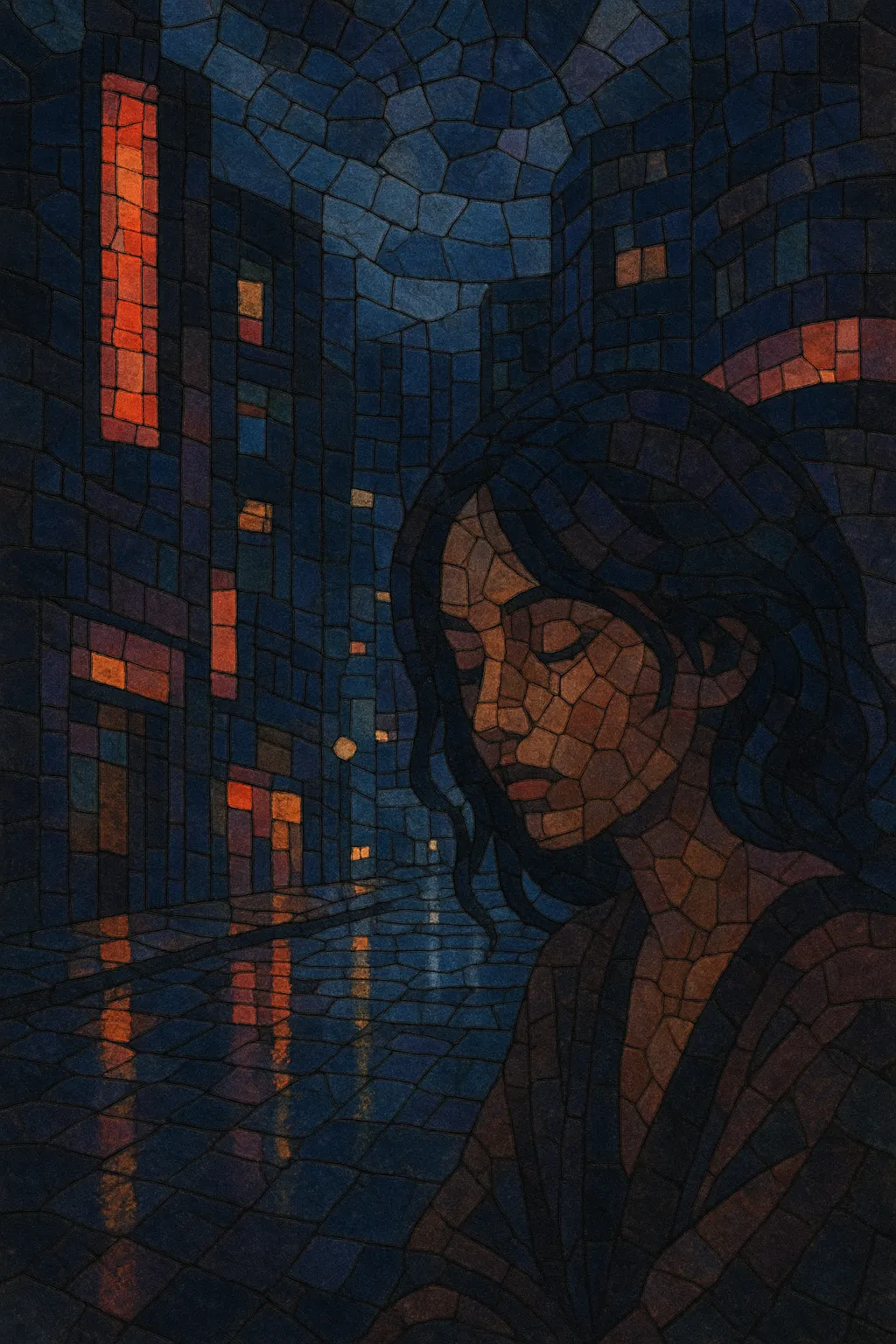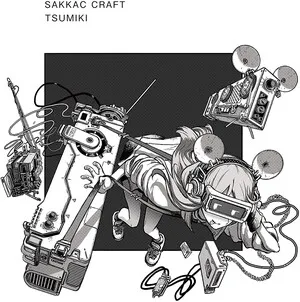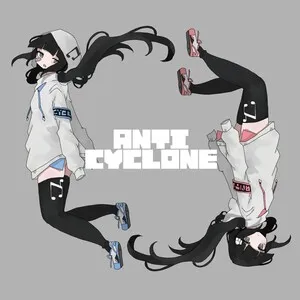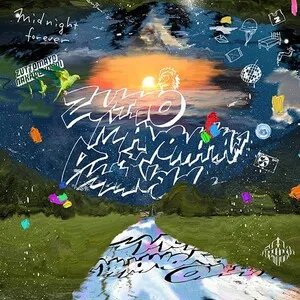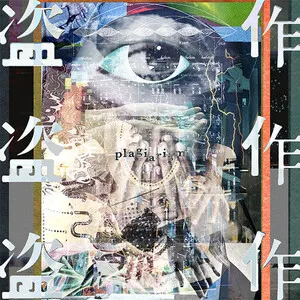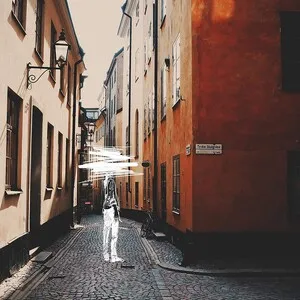Yakousei (Japanese: 夜行性, “nocturnal”) is a contemporary Japanese microgenre that evokes the feeling of late‑night urban life. It blends intimate, breathy vocals with subdued, groove‑oriented rhythms and glossy, neon‑lit production aesthetics.
Musically, yakousei sits between downtempo J‑Pop, contemporary R&B, and trip hop, often using warm electric pianos, muted guitars, soft pads, and subtly side‑chained synths. The tempo is usually mid‑slow, favoring languid swing and understated grooves. Lyrically, songs dwell on solitude, longing, memory, and quiet self‑reflection—scenes of empty trains, rain‑slick streets, and city lights after midnight.
The style emerged online and crystallized through streaming platforms, anime tie‑ins, and cover art that visually codes the “night city” mood: cool palettes, neon signage, and hazy photography. It overlaps with post‑city‑pop nostalgia and the internet’s broader fascination with nocturnal ambience.
Yakousei coalesced in Japan’s online music ecosystems as creators sought a distinctly nocturnal mood within J‑Pop and indie production. Early seeds came from trip hop and downtempo sensibilities imported into Japanese contexts, while lingering nostalgia for city pop, shibuya‑kei’s urbane polish, and blog‑era chillwave framed an aesthetic of neon, rain, and solitude.
As streaming and social video platforms amplified mood‑driven listening, producers and singer‑songwriters refined a palette of muted drums, jazzy chord extensions, and intimate vocals. Anime OP/ED placements and fan culture helped standardize the visual language—nocturnal skylines and quietly cinematic cover art—which, in turn, reinforced the sonic brand.
By the 2020s, yakousei’s sound world—mid‑tempo R&B/Pop grooves with vaporous atmospheres—had become a recognizable micro‑scene. While remaining a mood‑first niche, it influenced arrangement choices across J‑Pop, indie R&B, and online producer communities, especially in tracks designed for reflective night listening.

